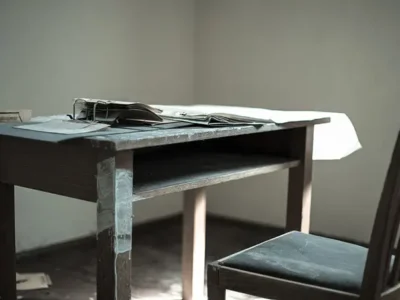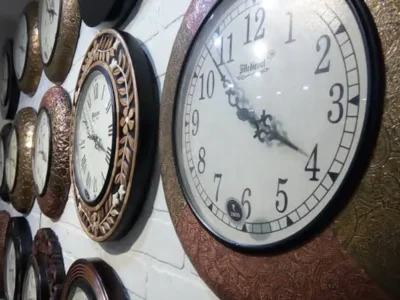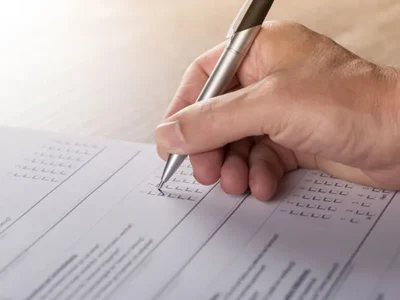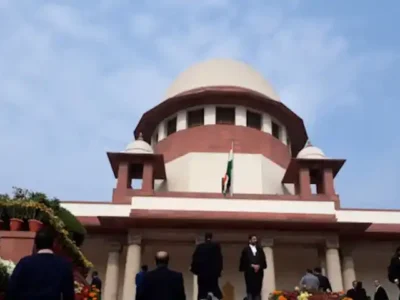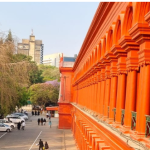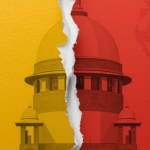Highlighting the Need For Better Support Structures to Aid Access to Justice
The Supreme Court of India in the case of All India Judges Association & Ors. v. Union of India & Ors., in its order dated 2 August 2018, has highlighted an often ignored problem with the Indian judiciary – the deplorable infrastructure of our courts.
Women Approaching the Judiciary
Have you ever wondered how many women approach the judiciary to file cases in court? This post seeks to shed some light on the number of cases filed by women in the subordinate courts across India, as well as highlight the nature of cases filed by them in comparison to the nature of cases pending in the subordinate courts of India.
Of ‘Justice Clocks’ and Court Rankings: Is a Judicial Contest Really the Way to Go?
Reducing the role of justice dispensation and its ranking to a mere count of cases is also worrisome as it may incentivise a blind need to increase the number of cases disposed without ensuring reasoned quality decisions.
Access to Justice Survey, 2017 – An Introduction
DAKSH conducted an Access to Justice Survey in 2015, a first of its kind for India, to understand the needs and expectations of litigants, their experiences with the judicial system and the socio-economic costs of being a litigant in India.
Delays in the Grant of Bail: Suggestions Lost in the Sands of Time
A recent decision[1] given by a division bench of the Supreme Court has re-looked at plausible methods to reduce procedural delays in disposing cases related to bail.
The Cost of Litigation – What Alternatives Do We Have?
The Legal Services Authorities Act, 1987 provides for a system of legal aid to weaker sections of the society in order to ensure that justice is not denied to any person due to socio-economic reasons.

